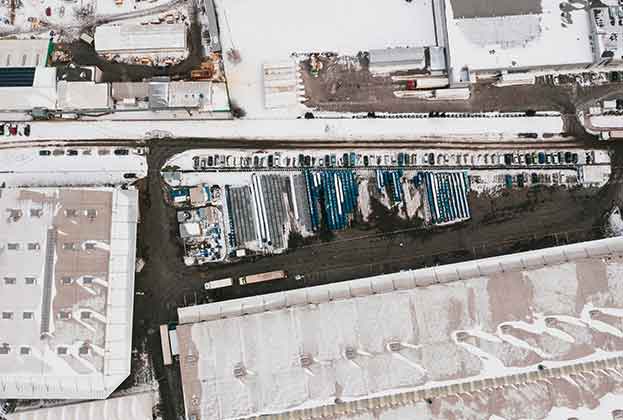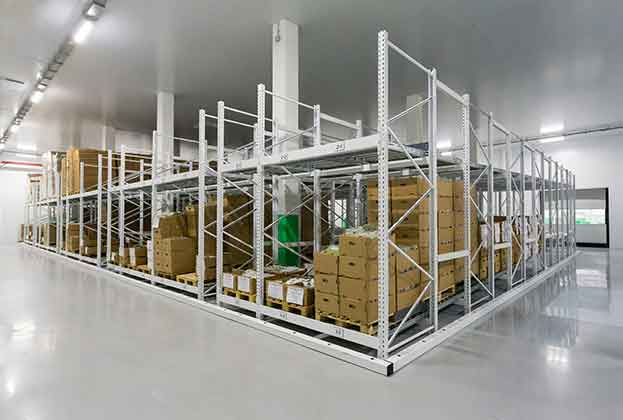There is no doubting the current popularity of industrial property and, as a result, we have seen significant levels of development of new warehouse units across the UK. However, a building doesn’t just pop up overnight, so fast-track ‘build to suit’ construction programmes are often a key differentiator when it comes to attracting occupiers who are keen to get through the door quickly.
The standard yardstick for a new-build industrial development is usually 18 months, which includes the planning phase. The build programme for, let’s say a 500,000 sq ft unit, can take anywhere between 32 to 38 weeks to complete, subject to site abnormalities and fit-out. However, a successful fast track project has the potential to be ready for occupation in up to 14 months with a build programme of typically just 26 weeks.
Yet, surely the faster you go the greater the risk?
Not necessarily. Regardless of whether there is a need for speed or not, there are always going to be risk factors when carrying out a development project. Environmental, archaeological, services, ecology and neighbourly site constraints, for example, can impact any new build irrespective of timeframe, so mitigating these potential pitfalls and making informed decisions are key to avoiding delays and going over budget.
With this in mind, how do you successfully break the speed limit? New design-and-build units have to go through planning, design and procurement, which needs a comprehensive brief that can then be translated into a customised solution for the occupier.
By teasing out the key requirements that affect the structure and fabric of the building, it allows for these critical materials to be secured in the early stages. This then allows more time for less essential features such as the fit-out to be developed.
As a result of successfully navigating through the pre-development phase and tightening up all the potential loose ends when it comes to planning, you can save weeks during this transition period.
Another way to ensure things move quickly is to make sure you have early contractor involvement. While it is potentially risky to get a team on board during the planning stages, if successful it means that key elements such as labour resource and what working methods will be used on site can be decided ahead of time. Once agreed, this allows for momentum to roll through into the fit-out phases, saving a lot of time later down the line.
Ultimately, it is worth assessing potential risk factors from day one, alongside putting in place a mitigation plan, in order to deliver a new build unit safely, at speed and to quality. When done right, fast track development is the perfect solution for occupiers who want to get ahead in the race for space.
Further information
Read more: Spotlight: Big Shed Building
.jpg)

.jpg)





.jpg)

.jpg)